Up until as late as 1864 there were at least two shops in Itteringham
and another one on the Common.
The one that remained in the centre of village by 1900 is still there to this day.
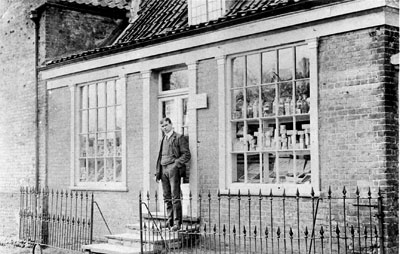 |
Albert Ernest Fairhead outside the shop in 1933 The Fairhead family ran the shop from 1908. Note the original position of the steps and railings. |
Fair Meadow House and Village Shop, a house dating to the late C17 or C18 with a C17 cross-wing that possibly originated as a purpose-built shop, is listed at Grade II for the following principal reasons:
Architectural interest: * it is a good example of a vernacular dwelling that has evolved over several centuries, illustrating the architectural fashion for gentrifying dwellings in the Georgian period; * the plan form consisting of the central hall with rear staircase and flanking rooms with fireplaces on the end walls is clearly legible, and the C18 principal rafter roof is also intact; * a significant proportion of the original fabric of the house survives. Historic interest: * the long and continued use of the cross-wing as a shop, for which there is documentary evidence dating back to at least three centuries, adds considerable social and historic interest. Group value: * the clear association with the Robins family, who built the Grade II*-listed Manor House opposite, further enhances the historic interest of the building, and gives it strong group value. English Heritage |
|
|
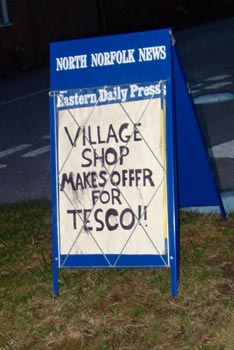 |
1st April 2006 |
Itteringham Village Shop - now a Café as well! |
|
Shop website www.ourvillagestore.co.uk |
Shop tel. no. 01263 587325 |
Exciting news for the Village Shop! |
| The Community Shop and Post Office received a grant from 'Vital Villages' for 75% of a complete refurbishment plan, to try and ensure its future for the local community. The comprehensive refurbishment has now been carried out and having been run from the village hall for over two months, the new look shop was reopened on Saturday 8th May 2004 by Norman Lamb MP. |
Any contributions towards the remaining 25% would be gratefully received! |
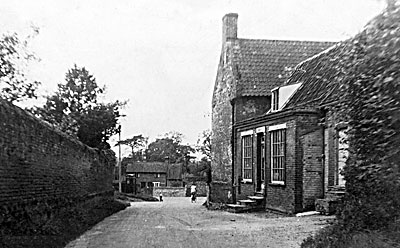 |
c.1938 |
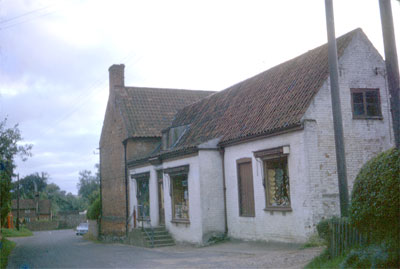 |
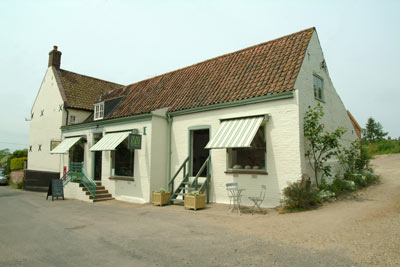 |
1969 |
29th May 2004 |
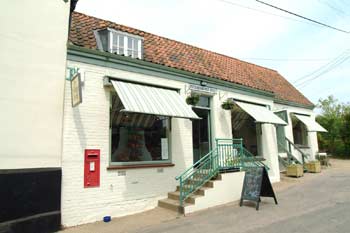 |
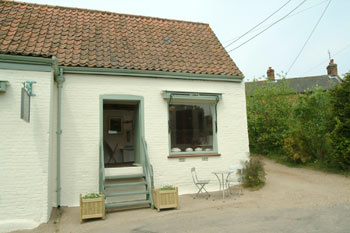 |
Revitalised exterior 29th May 2004 |
Withers Gallery adjoining the shop - gallery closed in 2008 |
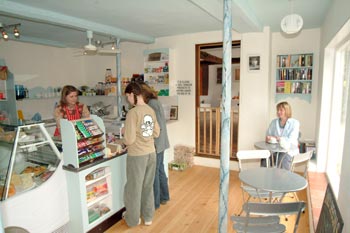 |
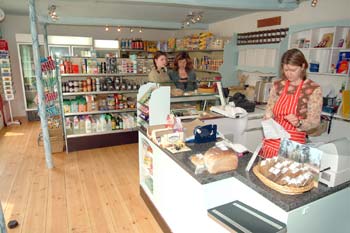 |
||
New look shop interior with refreshment area |
Shop interior 29th May 2004 |
||
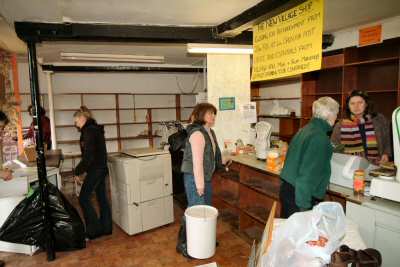 |
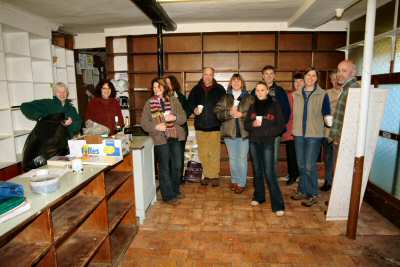 |
||
Moving the shop to the village hall 28th February 2004 |
Volunteers with celebratory drink 28th February 2004 |
||
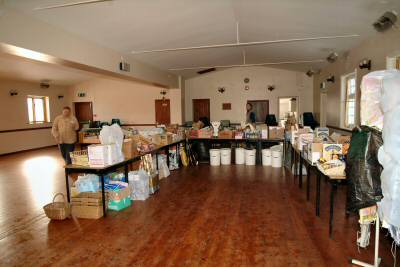 |
Shop in its temporary home 28th February 2004 |
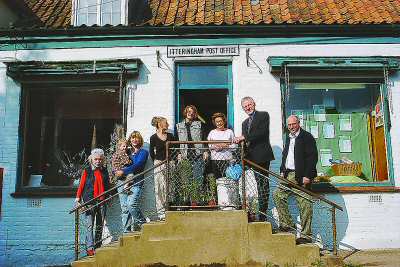 |
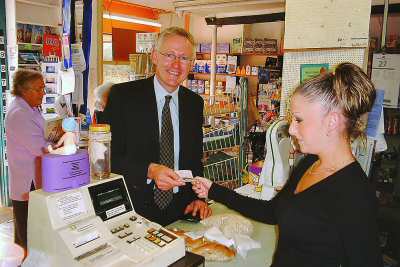 |
||
Norman Lamb MP visiting the shop in October 2003 |
Norman Lamb MP being served by Holly Turner Oct 2003 |
||
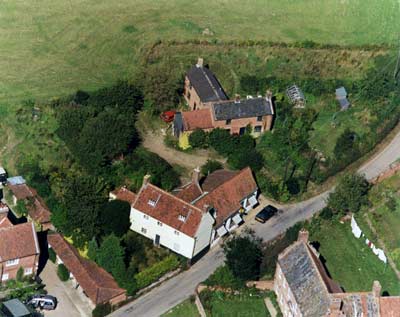 |
c.2000 |
| ... remembered going to the Fairhead's shop with two farthings to buy a halfpenny top which I whipped along the dusty road. Molly Bell Molly lived with her family at 104 Wolterton Road and Grandfather Bell lived on the Common. |
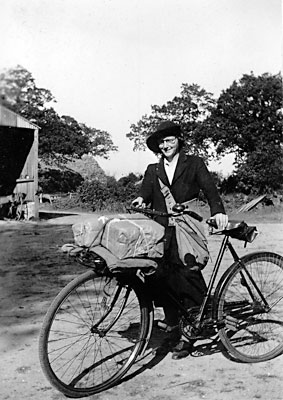 |
Mrs Curtis, postwoman - August 1942
|
The above photograph shows Mrs. Curtis at White House Farm, having collected parcels of apples that Land Army Girl, Eileen Stone, was sending home to her mother in Sussex. |
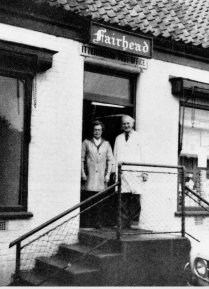 |
Brian and Dorothy Fairhead outside the shop in the 1960s |
Brian Fairhead left school and started working in the shop in 1933 |
 |
Brian and Dorothy's shop as remembered by so many |
There is a link the Fairhead family website on the Links & Ads page |
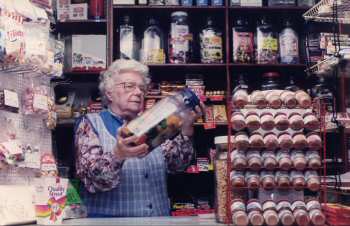 |
Dorothy Fairhead at work on 22nd September 1994 |
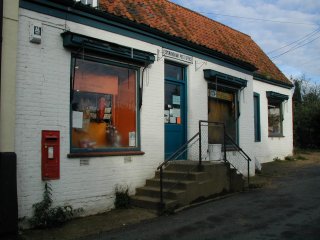 |
November 2001 |
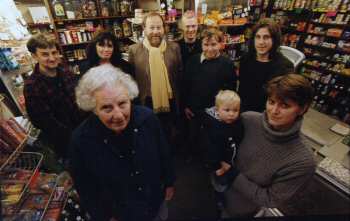
|
Community shoppers 3rd October 1994 |
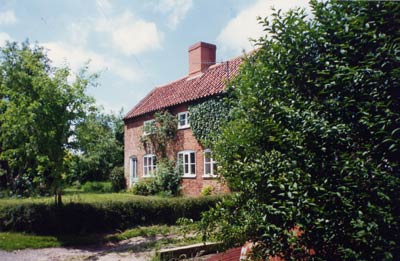 |
The old shop on the Common c.1990 |
The shop on the Common closed some years back. Towards the end it was only selling such items as sweets and tobacco. |
My name is Glenys Hall (New Zealand), daughter of Doris Taylor (née) Broughton who was the daughter of the late Edith Broughton who lived in and ran the old shop on the common. I have fond memories of visiting grandma in 1977 with Mum & Dad and in 1986. Mum has often recounted to us the tale of her Dad, who looked after the animal feed rations during the war and their delivery, finding her in the shed mixing the feeds altogether. She was very unpopular and caused him great distress. I saw some comments on one of your pages from a Jimmy Broughton and scratched my head trying to figure how he fitted into the family. Mum shone enlightenment on the situation by advising that our cousin James, likes to call himself Jimmy these days. I remember James from our visits distinctly as in childhood he had a drooping eyelid and quiet way. We used to hear of his travels designing zoo's but I believe he has moved onto other ventures now. Glenys Hall - 7th November 2007 |
| Sometimes she would throw the sweets at you... Austin Fowell |
White's 1836: Edmund Sims, grocer & draper |